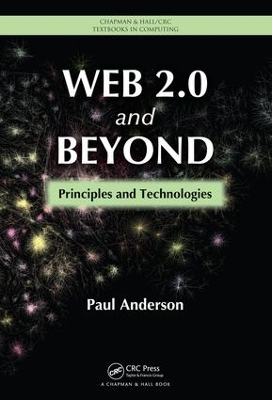Chapman & Hall/CRC Textbooks in Computing
1 total work
Web 2.0 and Beyond: Principles and Technologies draws on the author’s iceberg model of Web 2.0, which places the social Web at the tip of the iceberg underpinned by a framework of technologies and ideas. The author incorporates research from a range of areas, including business, economics, information science, law, media studies, psychology, social informatics and sociology. This multidisciplinary perspective illustrates not only the wide implications of computing but also how other areas interpret what computer science is doing.
After an introductory chapter, the book is divided into three sections. The first one discusses the underlying ideas and principles, including user-generated content, the architecture of participation, data on an epic scale, harnessing the power of the crowd, openness and the network effect and Web topology. The second section chronologically covers the main types of Web 2.0 services—blogs, wikis, social networks, media sharing sites, social bookmarking and microblogging. Each chapter in this section looks at how the service is used, how it was developed and the technology involved, important research themes and findings from the literature. The final section presents the technologies and standards that underpin the operation of Web 2.0 and goes beyond this to explore such topics as the Semantic Web, cloud computing and Web Science.
Suitable for nonexperts, students and computer scientists, this book provides an accessible and engaging explanation of Web 2.0 and its wider context yet is still grounded in the rigour of computer science. It takes readers through all aspects of Web 2.0, from the development of technologies to current services.
